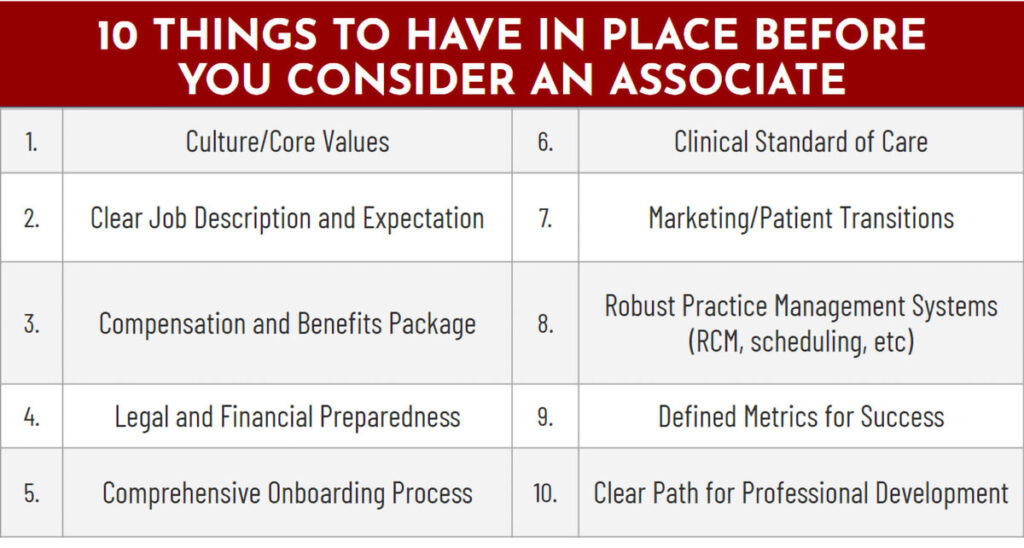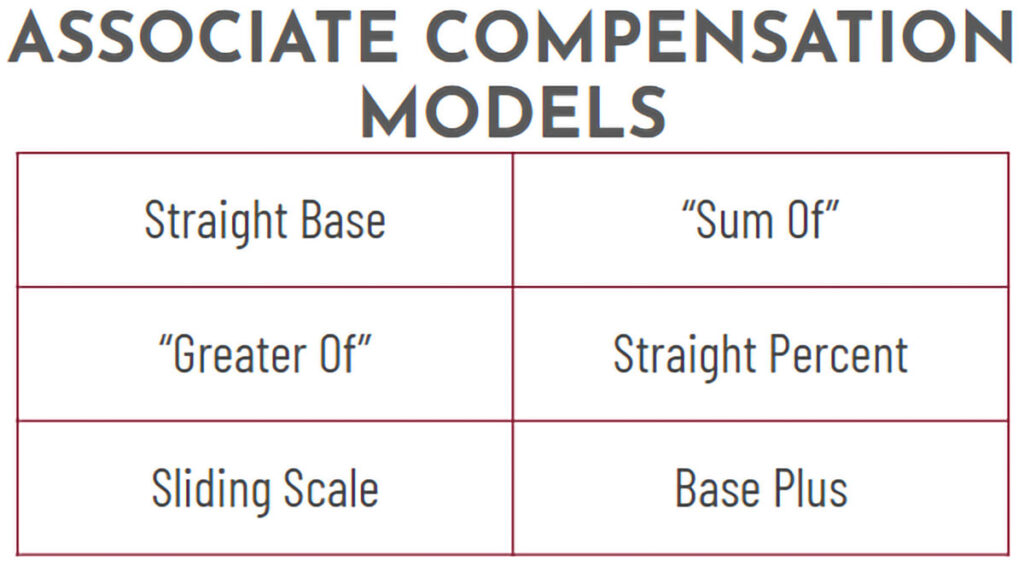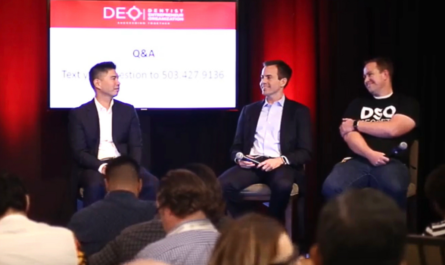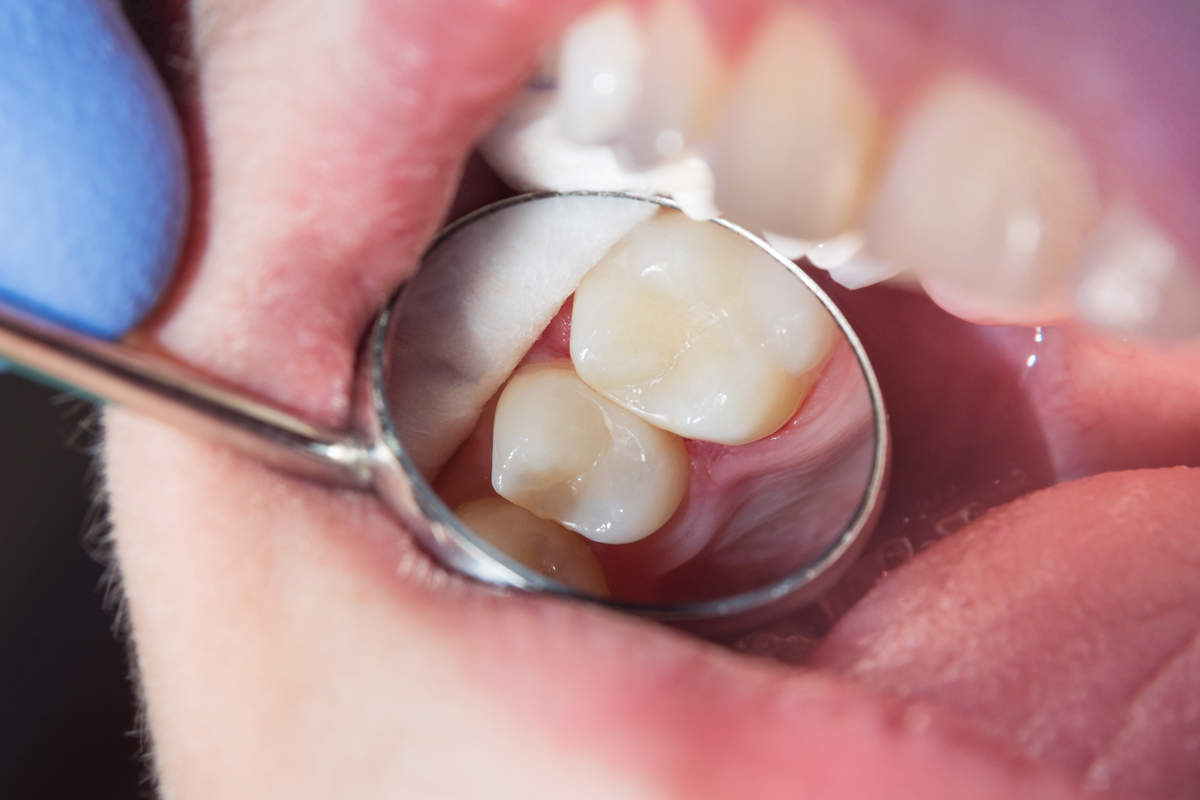Using the right model to meet the needs of your high performers.
Building a dental organization is challenging. There are so many different plates spinning at the same time, and it’s not easy to ensure that each plate keeps spinning at the right speed. One of the bigger plates is compensation for hygienists and associates. Finding a fair compensation model for hygienists and associates can be a significant challenge for dental entrepreneurs, but it’s important to meet the needs of high-performing teams.
At a recent DEO event, Dipesh Patel, the CEO of Blueprint Smiles, spoke to attendees about different compensation models for hygienists and associates. Blueprint Smiles is a seven-location dental group based out of Atlanta, Georgia.
Patel said, “I want to reframe to everyone that I truly believe that hygienists should be treated like providers. If you start that dialogue now, things will start to get a little better in your organization.”
Compensation models for hygienists
Prior to COVID, many organizations tried to have their hygienists produce up to three times what they were being paid. Patel says that one of the shifts that the dental industry needs to make is how hygienists are treated, especially in regards to compensation.
At Blueprint, Patel says that hygienists are starting to make $65 to $70 an hour. “What we’re trying to do at Blueprint Smiles is change the approach in how we’re compensating hygienists. We treat them like providers with the same responsibilities and compensation that providers would get. We want to have the highest hourly rate equivalent for hygienists in the state of Georgia.”
The hourly compensation rate is the most common compensation model for hygienists. Some organizations will have their hygienists produce two and a half times their hourly pay and for anything over that, they get an additional percentage. For organizations that compensate hourly, some will even base it off the daily production – this can get tricky because some days are inevitably going to be better than others.
There are also incentive-based models, where it’s an hourly pay plus additional income if they sell certain products. This can increase practice revenue across the board, especially if your hygienists can help with things like closing ortho cases or other cases in the office. The downside for an incentive-based approach is that it can lead to the provider focusing more on pushing products than delivering patient outcomes.
In a per-patient model, the hygienist is paid based on the amount of revenue generated on each patient visit. This is a great model for organizations that are using a fee-for-service approach and a decent PPO model.
Assisted hygiene models are where the hygienist is given two chairs and an assistant to see more patients. These organizations will need fewer hygienists, and those hygienists could begin to produce like doctors. The downside is that production per chair is typically lower than the doctor using the chair.
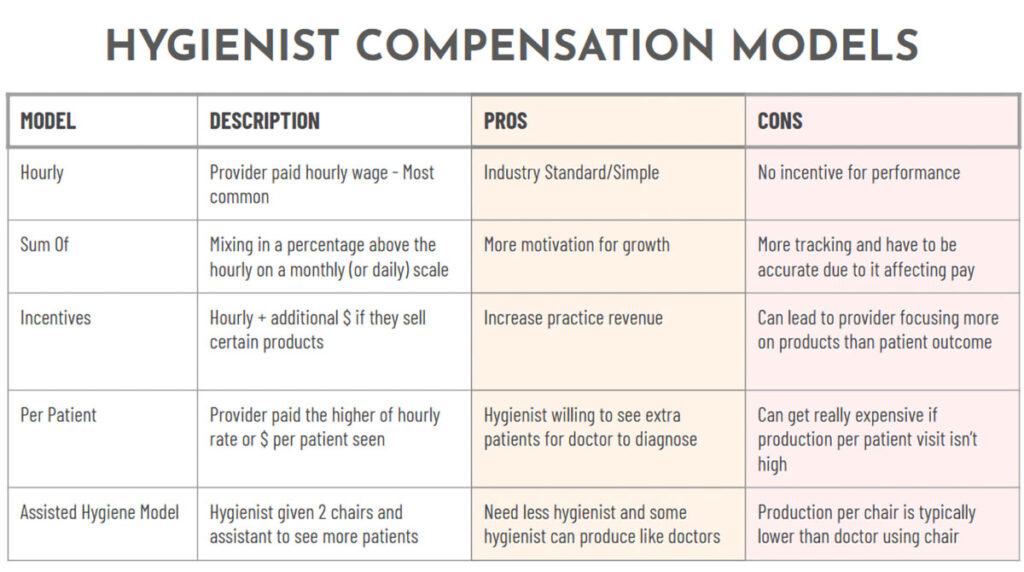
The Blueprint model
Patel uses the “sum of” model at Blueprint. This model mixes in a percentage above the hourly rate on a monthly scale – their hygienists get hourly pay plus 30%. “If they got paid $10,000 that month and they produced $30,000, they wouldn’t get the bonus on top of the $10,000. If they produce $40,000, they would get a $2,000 bonus.”
With this shift, Patel has had three hygienists end up with a bonus at the end of the month. This resulted in a win for the hygienists and the practice. “We switched our entire organization to the sum of model and it’s been a win-win- across the board. The biggest thing we’ve seen is a shift in culture for all our providers… We want a culture of one percenters.”
The Blueprint leadership team explained to the rest of the organization that they were looking for the “top one percent” in every position of the organization, and they were shifting the pay to make that happen. Every position gets a set of KPIs, and those KPIs are visible to every level of the organization.
“We don’t do this to victimize or weaponize anything. It’s designed to show everyone what they can be. We want you to constantly strive to get better and better – we make that clear during onboarding. It weeds out the ones who aren’t aligned to that vision pretty quickly, and the ones who do care about improving and growing gravitate towards you.”
Patel understands that it can be hard to find hygienists, and in the last month Blueprint has been able to acquire four or five new hygienists. Because of this recent shift to the sum of model, their hygienists are starting at $55 per hour.
When to hire an associate
For Patel, the single factor for business growth is bringing on more and more associates – the more you bring on, the faster you can grow. “It’s the quickest way to add profitability to your practice if you already have enough patients, enough teammates, and you can actually support an associate.”
This can bring a significant amount of balance to the dynamic organization. Patel said, “Your assistants have each other, your hygienists have each other. It’s kind of nice when you bring on your first associate because now you have somebody on a similar level. It’s a lonely space out there, which makes camaraderie so important.”
He argues that there are certain things that you need in place before you hire an associate. When you establish this firm foundation, it makes hiring and any future changes easier to navigate.
One of the first things to establish before you hire an associate is company culture and core values. No matter what the position, every person in your organization needs to be aligned with the culture and core values. If one person isn’t aligned with these values, it can directly impact everyone else through your organization – especially if they are in a leadership position like an associate.
At the beginning, make sure that the expectations are established early on. This includes the job description, responsibilities, pay, hours, benefits, PTO, and even the standard of care that everyone should adhere to – having this conversation early in the relationship will ensure that everyone is on the same page. He said, “If you don’t have a clinical standard of care established in your organization, get it written down and have that conversation prior to starting.”
Associate compensation models
When you bring in a new associate, you need to establish a compensation model that will be the best possible fit for your organization and your team.
With the straight base model, you’re paying an hourly or monthly rate, no matter what they produce. This model isn’t common. Patel said, “I don’t really prefer this one. This doesn’t typically create any further incentives to work any harder or care more.”
The greater of model pays associates their daily guarantee or percentage, whichever is higher. This is appealing because of the flexibility and the security of a guaranteed payment, with the opportunity to receive a reward for great performance. The challenge here is whether you want the “minimum” pay to be acceptable for a doctor who lacks ambition and doesn’t produce as much or push themselves to grow.
A sliding scale model compensates the associates on adjusted production or collections, but the percentage increases based on the amount of the production or collections. This is designed for the associates who trust their skills and are confident in their ability to perform. This is perfect for an associate who is completely aligned with the values and vision of the practice, and motivated to diagnose and keep patients in-house as much as possible. While this kind of associate often comes with an ego and could be difficult to manage, it can result in higher production.
In the straight percent model, the associate does not have a guaranteed base and only receives a straight percentage of adjusted production or collections. This is another model where the associate is completely aligned with the business, where they are striving to keep everything in-house. But with no base pay, they might be looking for a new job in the bad months.
The base plus model is a predetermined, guaranteed salary with no production-based compensation, with a “plus” incentive added. The associate has both security and the potential for full alignment with the business, which should motivate better performance while providing a defined income. The downside is that slow or unmotivated doctors can drag profitability down.
Similar to their hygienists, Blueprint pays their associates based on the sum of model. “We give our associates a three-month guarantee, based on the number of working days they are doing. That’s their guarantee, then we calculate their 30% from there. Whatever is higher, we’ll give them that at the time. After the guarantee period of three months, if they are in the ‘negative’, we pay them the monthly guarantee but take it out of their next bonus.”
For Patel, this model helps to make his associates feel safe and helps to establish and affirm any KPIs that need to be hit. “We do that on purpose because we’re trying to filter out people that can’t produce. The ones that make it are the ones that can produce and prove it.”



